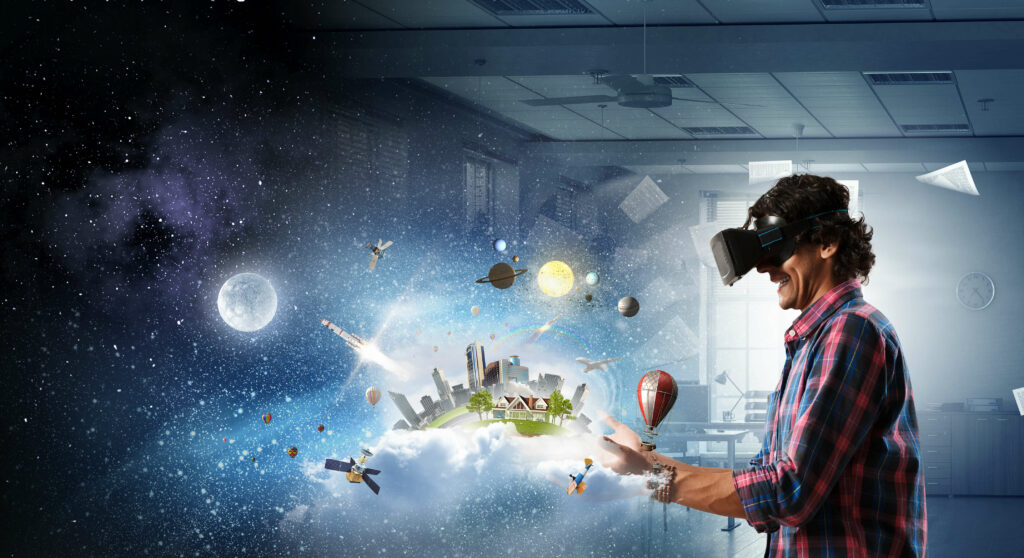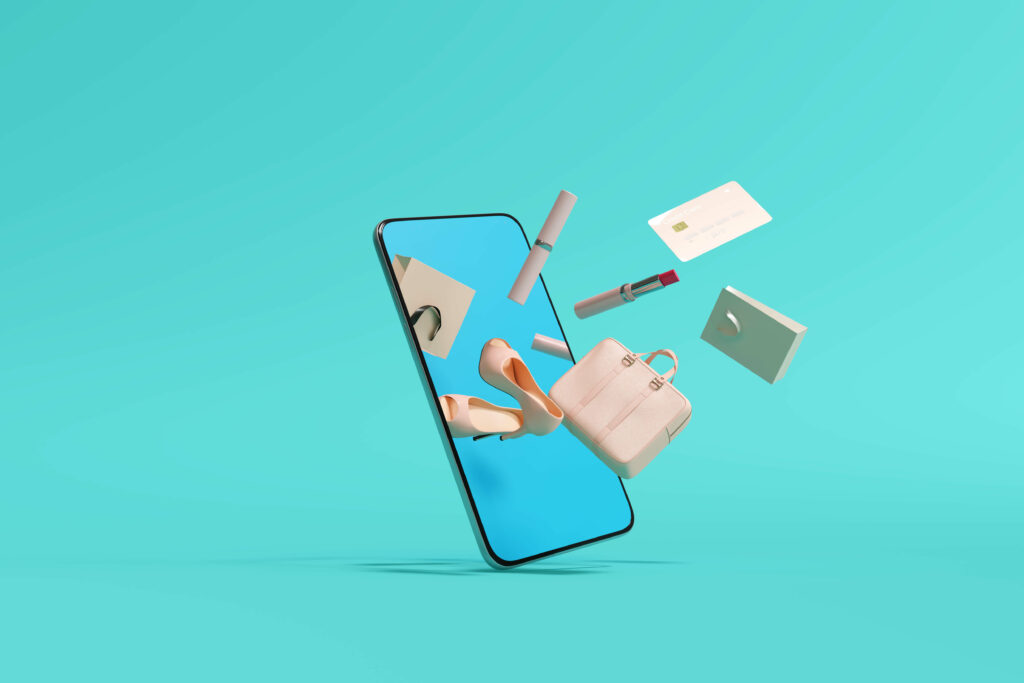Kia ora anō. Welcome to the top 10 marketing trends of 2024. In this blog, we delve into Virtual Reality (VR), Augmented Reality (AR), and Social Shopping. Let’s explore how these innovations are reshaping, marketing, consumer engagement and brand experiences in profound ways. Stay tuned for more blogs as we work our way through the top 10 marketing trends of 2024 as we work our way from bottom to top!

Virtual Reality
Virtual Reality (VR) is a computer-generated environment that simulates a realistic experience, often accessed through headsets. Using VR is like diving headfirst into a whole new universe without leaving your living room.
Picture this: instead of flipping through a catalogue or browsing a website, you step into a virtual showroom where you can see and experience products like never before.
In marketing, VR revolutionises engagement by offering immersive brand interactions. Companies use VR for experiential campaigns, and interactive storytelling, enhancing customer connection. Marketers leverage this technology to create memorable and unique experiences, providing consumers with a deeper understanding of products and services. As VR technology continues to advance, marketers are exploring innovative ways to leverage its influence for storytelling and brand building in the evolving landscape of consumer experiences. Keeping up with virtual reality (VR) technology is essential for businesses looking to stay competitive and leverage the benefits of immersive experiences.
VR offers numerous benefits across diverse domains and is widely employed across industries for various applications. It facilitates realistic training scenarios in fields such as healthcare, aviation, and the military, while also enabling designers and engineers to conduct virtual prototyping, thereby saving time and resources. VR enhances user engagement through immersive experiences and assists in therapy and healthcare by providing immersive environments. It enriches education with interactive content, transforms entertainment, enables remote collaboration, promotes virtual tourism, ensures safety training, improves product development, preserves culture, enhances real estate experiences, aids in rehabilitation, and elevates marketing and brand engagement.

Augmented Reality
Augmented Reality (AR) overlays digital elements in the real world through devices like smartphones or AR glasses. In marketing, AR enhances consumer engagement by blending digital and physical experiences. Marketers use AR for interactive product displays, virtual try-ons, and location-based promotions, creating compelling and interactive campaigns. By seamlessly integrating digital content into the physical environment, AR transforms how brands connect with audiences, offering innovative and personalised experiences to drive customer interest and loyalty. Adopting AR technologies can set businesses apart, displaying a commitment to innovation and providing a competitive edge in the market.
AR can be used as a valuable tool across a wide range of applications and industries. AR revolutionises consumer experiences, offering virtual product trials and immersive training across various sectors like healthcare and aviation. It enhances navigation in unfamiliar environments and enriches gaming with innovative gameplay. AR also serves as a vital tool for businesses, facilitating employee training and skill development. In healthcare, it improves surgical precision and patient outcomes. Furthermore, AR enhances tourism by providing augmented insights into historical sites and cultural landmarks.
Specsavers offers an augmented reality feature on their website, allowing customers to virtually “try on” glasses frames before purchasing. This feature provides a visual representation of how the glasses will appear on their face, enhancing the online shopping experience. By utilising AR technology, customers can make more informed decisions and mitigate the uncertainty associated with buying eyewear online. This innovative approach not only personalises the shopping experience of customers but also benefits the business by potentially decreasing product returns and boosting customer satisfaction. It serves as a prime example of how AR technology can integrate into the retail sector, bridging the gap between online and offline shopping experiences.

Social Shopping
Social shopping refers to the integration of social media and e-commerce creating a more interactive and communal shopping experience. Social shopping has emerged as a significant marketing trend, transforming the way businesses engage with consumers online. As a marketing trend, social shopping reflects the evolving nature of consumer behaviour, emphasising the importance of social interactions, recommendations, and the visual appeal of products in driving purchasing decisions. Businesses that leverage social shopping effectively can create a more immersive and customer-centric online shopping experience.
Social shopping fosters a sense of community among users with shared interests. This community-building aspect enhances brand loyalty and encourages repeat business. Unlike traditional e-commerce focused on specific purchases, social shopping thrives on discovery and inspiration. Users are exposed to new products, trends, and ideas through their social connections and influencers. Social media platforms that enable social shopping use algorithms to provide personalised recommendations based on users’ preferences, behaviours, and social connections. This enhances the overall shopping experience.
Social shopping enables an opportunity for customers to contribute to the marketing process by creating user-generated content such as reviews, images, and videos. This authentic content builds trust and helps potential buyers make informed decisions.
Example:
A notable example of social shopping is Facebook Marketplace. Facebook Marketplace is a platform where users can buy and sell items within their local community. Users can browse listings, message sellers, and complete transactions directly through the Facebook app, fostering a social shopping experience.
Keep your eyes peeled for our next blog as we cover micro influencer marketing, user-generated content, and voice search.
